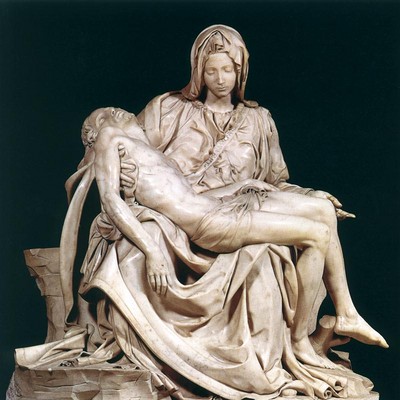Archaeologists are not 100% certain of the locations of
Calneh, Hamath and Philistine Gath. But they figure these three cities were, respectively,
- somewhere near Azaz in Syria, by the border with Turkey;
- near the foot of Mt. Hermon, maybe near Bet Jen, Syria;
- Tell es-Safi, near the Revadim kibbutz in Israel, in the foothills above Ashkelon.
The following images click out to show the approximate crow-flying path from Calneh to Hamath and then on to Gath.


This also means Calneh was about 340 miles due west from Nineveh, for which the ruins are just outside Mosul, Iraq.
 In Amos' 9th chapter, we still have a few questions to settle, viz.
In Amos' 9th chapter, we still have a few questions to settle, viz.





 We have an informal Bible study at 7:00 AM, every Thursday for the men of the
We have an informal Bible study at 7:00 AM, every Thursday for the men of the 


